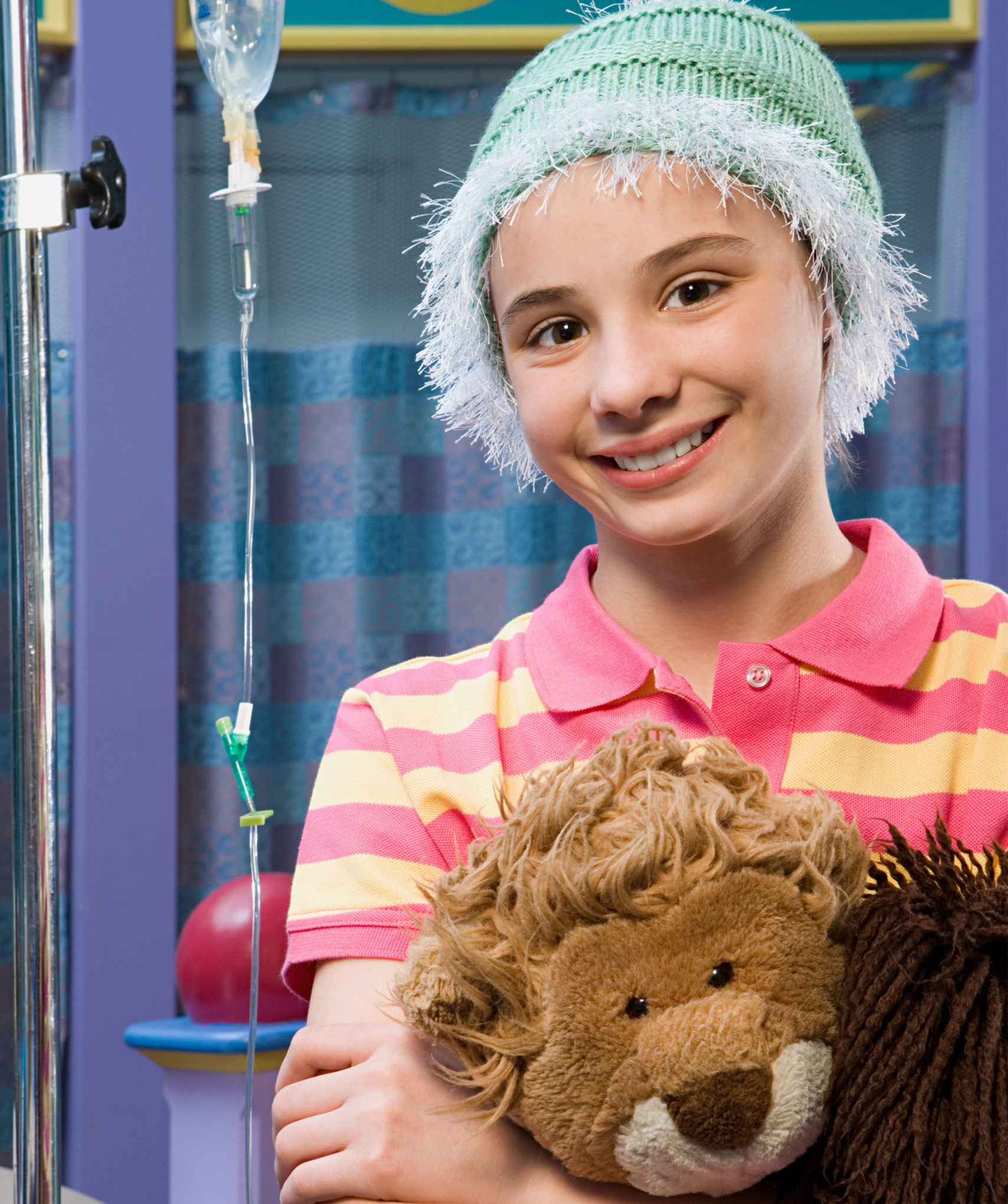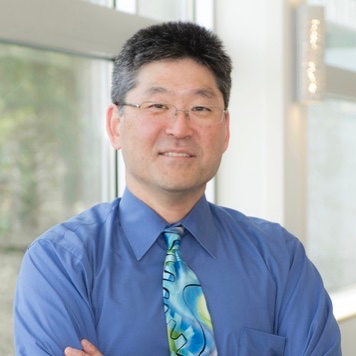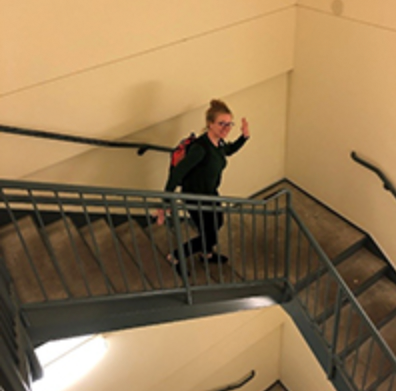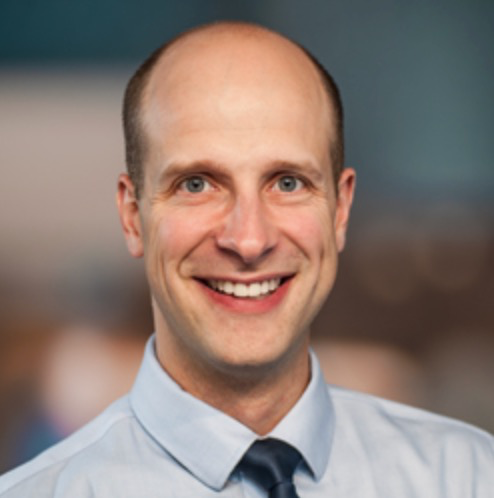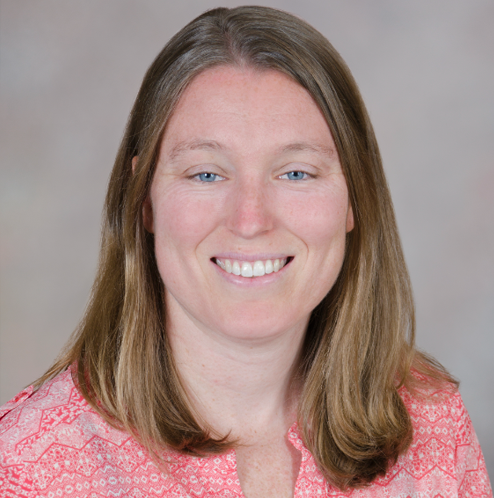All About Us
Kiwanis Doernbecher Children’s Cancer Program (KDCCP) is a 501C3 non profit organization.
We are dedicated to ending children’s cancer through our support of the Pediatric Hematology / Oncology Fellowship Program at OHSU Doernbecher Children’s Hospital in Portland, Oregon.
Dr. Dana Braner, Physician in Chief at Doernbecher Children’s Hospital, believes children’s cancer will be ended through a combination of Research, Treatment and Education. Training and Education leads to new research and new research leads to improved therapies and treatment.
We can’t conduct research or treat patients, but we can fund the education that will ultimately lead to the end of children’s cancer.
Consider the impact you will have on children’s cancer by supporting the education of doctors, like the doctors shown who were all Kiwanis Doernbecher Pediatric Hematology / Oncology Fellows.
Dr. Bill Chang
was one of the principal investigators in the team from Doernbecher that conducted the clinical trial that resulted in the approval of Kymriah by the FDA. Kymriah was the first gene transfer therapy, a form of immunotherapy, in which a child’s own blood cells are collected, genetically engineered to attack B-cell leukemia cells, then infused back into the patient.
In a recent clinical trial, a single dose of Kymriah resulted in 83 percent of terminal participants becoming cancer-free after three months.
Dr. Kristina Haley
is the Director of Hemophilia at OHSU and a former KDCCP Fellow. As of this writing, she is eagerly awaiting FDA approval for gene therapy for both Hemophilia A and B. It will only be available to adults initially, but Kristina is busy figuring out how to roll this out to hemophilia patients of all ages.
Dr. Adam Lamble
was recently named the Medical Director of Immune Effector Cells at Seattle Children’s Hospital. This prestigious position puts him at the vanguard in using immunotherapy to treat cancers.
Dr. Katrina Winsnes
is now a faculty member at OHSU and was just named the Institutional Principal Investigator for all research studies opened through the Children’s Oncology Group, the major consortium developing research studies to treat pediatric cancers.
Consider how many lives these doctors will save during careers that may last 40 years.
To learn more about Children’s Cancer, KDCCP and the Fellowship Program we support, check out our frequently asked questions and fun facts.
Frequently Asked Questions
What is Pediatric Hematology / Oncology?
It is the care and treatment of children with blood disorders or cancer.
What is the Fellowship in Pediatric Hematology / Oncology?
It is a three (sometimes four) year program that trains board certified pediatricians to become physician scientists qualified to treat children and young adults for cancer and blood disorders, conduct research and train other doctors.
How does one become a KDCCP Fellow?
Pediatricians who want to end children’s cancer by becoming Pediatric Hematology/Oncologists with a research component apply to Doernbecher Children’s Hospital. Two are chosen each year.
How many Pediatricians apply each year?
It varies, but between 50 and 100 apply for the two spots.
Why do the Pediatricians choose OHSU Doernbecher Children's Hospital over other programs?
The reputation of the training program, the location in the Pacific Northwest, and the fact that salary and benefits in the first year of the Fellowship is provided by KDCCP.
Why is it important that the first year’s salary and benefits are provided?
Training in the first year is intense – not unlike drinking from a fire hose. First year Fellows must learn everything they can about children’s cancers and blood disorders. They run the out patient clinic do rounds and treat its patients, plus they provide care and treatment for 12 to 15 patients for whom they have become their primary oncologist. By rule, they are limited to working 80 hours per week!
In their first year the new Fellows have no track record with which to justify grants that would cover their expenses. Having those covered by KDCCP allows the Fellows to focus on their training instead of trying to raise money for expenses. This feature gives Doernbecher Children’s Hospital a leg up on identifying and hiring the best talent for their Fellowship Program.
What happens to the Fellows when they graduate from the program?
Some of them accept jobs and remain at OHSU. Others go to leading cancer centers in other parts of the United States. They all go on to treat patients, conduct research and train other doctors.
When was the Fellowship first offered?
1993
How many Fellows have graduated from the program?
40 (as of 2022)
How much money has been raised to fund the Fellowship program since it began?
$4,500,000
Is KDCCP a Kiwanis Club?
No, but KDCCP was founded by Kiwanians and much of the support for the Fellowship program has been derived from Kiwanis projects or donations from Kiwanians. KDCCP is an independent non- profit organization.
Is Doernbecher Children’s Hospital owned by Oregon Health and Sciences University?
They are affiliated. Faculty of OHSU train the Fellows and the Fellows get to work in the labs of OHSU’s Knight Cancer Institute. OHSU Faculty also teach doctors and treat patients at Doernbecher Children’s Hospital .
Are there reasons to hope that children’s cancer will be defeated?
Yes! Survival rates are incredibly encouraging. Because of major treatment advances in recent decades, more than 80% of children with cancer now survive 5 years or more. Overall, this is a huge increase since the mid-1970s, when the 5-year survival rate was about 58%. Still, survival rates can vary a great deal depending on the type of cancer and other factors. – American Cancer Society
What are some newer, effective therapies for children's cancer?
Gleevec: In 2002, Brian Druker, MD at OHSU ushered in a new era of personalized cancer medicine with Gleevec.
Gleevec kills cells that enable cancer to grow without harming healthy ones. It is used to treat Chronic Myeloid Leukemia (CML). With Gleevec, CML has a survival rate of between 33% to 83.3%. Before Gleevec, nobody survived.
Immunotherapy: “A new frontier in medical innovation with the ability to reprogram a patient’s own cells to attack a deadly cancer.” – Scott Gottlieb, FDA Commissioner
Kymriah: the first gene transfer therapy (a form of immunotherapy) available in the US. A patient’s own blood cells are collected and genetically engineered to attack B-Cell leukemia cells and then infused back into the patient. In a recent clinical trial, a single dose of Kymriah resulted in 83% of participants becoming cancer free after three months.
What is Pediatric Hematology / Oncology?
It is the care and treatment of children with blood disorders or cancer.
What is the Fellowship in Pediatric Hematology / Oncology?
It is a three (sometimes four) year program that trains board certified pediatricians to become physician scientists qualified to treat children and young adults for cancer and blood disorders, conduct research and train other doctors.
How does one become a KDCCP Fellow?
Pediatricians who want to end children’s cancer by becoming Pediatric Hematology / Oncologists with a research component apply to Doernbecher Children’s Hospital. Two are chosen each year.
How many Pediatricians apply each year?
It varies, but between 50 and 100 apply for the two spots.
Why do Pediatricians choose OHSU Doernbecher Children's Hospital over other programs?
The reputation of the training program, the location in the Pacific Northwest, and the fact that salary and benefits in the first year of the Fellowship is provided by KDCCP.
Why is it important that the first year’s salary and benefits are provided?
Training in the first year is intense – not unlike drinking from a fire hose. First year Fellows must learn everything they can about children’s cancers and blood disorders. They run the out patient clinic, do rounds and treat its patients, plus they provide care and treatment for 12 to 15 patients for whom they have become their primary oncologist. By rule, they are limited to working 80 hours per week!
In their first year, the new Fellows have no track record with which to justify grants that would cover their expenses. Having those covered by KDCCP allows the Fellows to focus on their training instead of trying to raise money for expenses. This feature gives Doernbecher Children’s Hospital a leg up on identifying and hiring the best talent for their Fellowship Program.
What happens to the Fellows when they graduate from the program?
Some of them accept jobs and remain at OHSU. Others go to leading cancer centers in other parts of the United States. They all go on to treat patients, conduct research and train other doctors.
When was the Fellowship first offered?
1993
How many Fellows have graduated from the program?
40 (as of 2022)
How much money has been raised to fund the Fellowship program since it began?
$4,500,000
Is KDCCP a Kiwanis Club?
No, but KDCCP was founded by Kiwanians and much of the support for the Fellowship program has been derived from Kiwanis projects or donations from Kiwanians. KDCCP is an independent non- profit organization.
Is Doernbecher Children’s Hospital owned by Oregon Health and Sciences University?
They are affiliated. Faculty of OHSU train the Fellows and the Fellows get to work in the labs of OHSU’s Knight Cancer Institute. OHSU Faculty also teach doctors and treat patients at Doernbecher Children’s Hospital.
Are there reasons to hope that children’s cancer will be defeated?
Yes! Survival rates are incredibly encouraging. Because of major treatment advances in recent decades, more than 80% of children with cancer now survive 5 years or more. Overall, this is a huge increase since the mid-1970s, when the 5-year survival rate was about 58%. Still, survival rates can vary a great deal depending on the type of cancer and other factors. – American Cancer Society
What are some newer, effective therapies for children's cancer?
Gleevec: In 2002, Brian Druker, MD at OHSU ushered in a new era of personalized cancer medicine with Gleevec.
Gleevec kills cells that enable cancer to grow without harming healthy ones. It is used to treat Chronic Myeloid Leukemia (CML). With Gleevec, CML has a survival rate of between 33% to 83.3%. Before Gleevec, nobody survived.
Immunotherapy: “A new frontier in medical innovation with the ability to reprogram a patient’s own cells to attack a deadly cancer.” – Scott Gottlieb, FDA Commissioner
Kymriah: the first gene transfer therapy (a form of immunotherapy) available in the US. A patient’s own blood cells are collected and genetically engineered to attack B-Cell leukemia cells and then infused back into the patient. In a recent clinical trial, a single dose of Kymriah resulted in 83% of participants becoming cancer free after three months.
Kiwanis Doernbecher
Children's Cancer Program
13160 SE 172nd Ave, #230
Happy Valley, OR 97086
© 2023 Kiwanis Doernbecher Children’s Cancer Program.
As a registered 501(c)(3) non-profit organization, contributions to Kiwanis Doernbecher Children’s Cancer Program are tax-deductible to the extent permitted by law.

